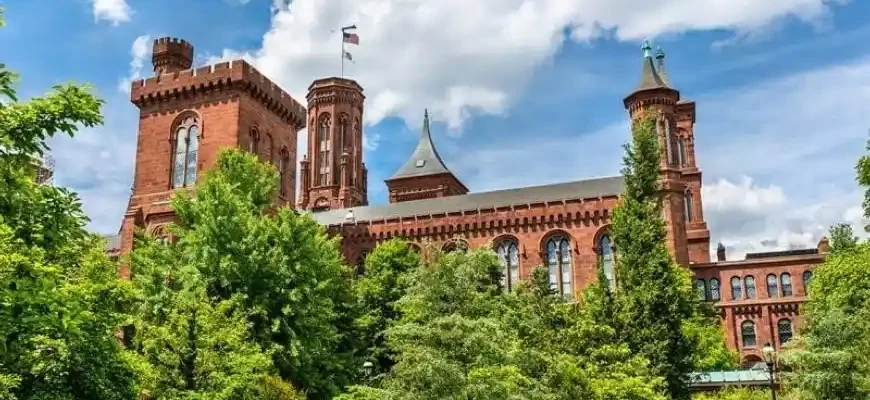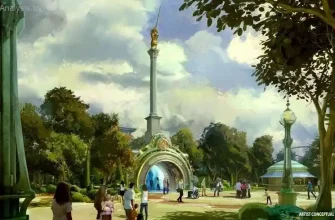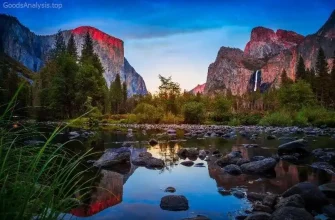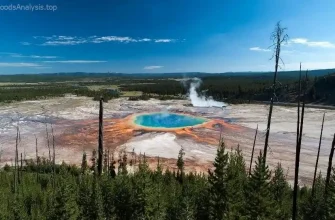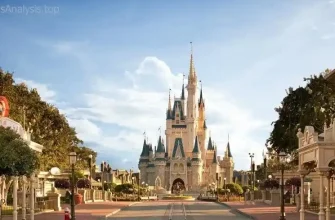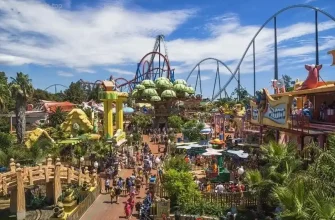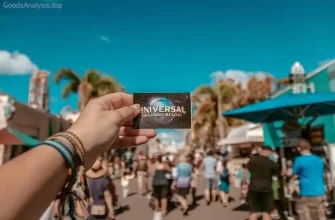The Smithsonian Institution in Washington, D.C., is not just a collection of museums; it’s a monumental symbol of American culture, history, and discovery. Whether you’re a history buff, an art lover, a science enthusiast, or simply a curious traveler, the Smithsonian offers something for everyone. This guide will help you navigate the vast array of attractions, provide practical tips for your visit, and give you a deeper understanding of what makes the Smithsonian so special.
1. What Makes the Smithsonian Institution Special?
The Smithsonian Institution is an unparalleled complex of museums, galleries, and research institutions. With 19 museums, 21 libraries, and a zoo, all of which are free to the public, it stands as one of the largest and most important cultural organizations in the world. Its mission is to promote knowledge, education, and the understanding of human culture and natural history.
Notable features of the Smithsonian include:
- National Museum of American History: Home to the iconic Star-Spangled Banner, the original First Ladies’ Inaugural Gowns, and a fascinating collection of American artifacts.
- National Air and Space Museum: The largest collection of historic aircraft and spacecraft in the world, including the Wright brothers’ airplane and the Apollo 11 command module.
- National Museum of Natural History: Famous for its collection of fossils, gems (including the Hope Diamond), and the Insect Zoo.
- Smithsonian Institution Building (The Castle): A stunning red sandstone building that serves as the symbolic heart of the Smithsonian and a gateway to the museums on the National Mall.
- National Zoo: One of the oldest zoos in the U.S., it’s home to over 2,700 animals from around the globe, including giant pandas, lions, and elephants.
The Smithsonian’s impact extends beyond its exhibitions—through research, conservation efforts, and public outreach, the institution plays a pivotal role in shaping the intellectual and cultural landscape of the United States and the world.
2. Visitor Tips & Practical Information
- Best Time to Visit: The Smithsonian can get quite crowded, especially in peak tourist seasons (summer and spring break). To avoid the crowds, plan your visit during the fall or winter months. Weekdays are generally quieter, but the museums can be busy during school holidays.
- Opening Hours: Most Smithsonian museums open daily from 10:00 AM to 5:30 PM, but hours may vary. The National Zoo is typically open from 8:00 AM to 4:00 PM. It’s a good idea to check specific hours before your visit.
- Ticket Prices: All Smithsonian museums are free of charge. However, some special exhibits or events may require a ticket. The National Zoo is also free, though parking and special events may have fees.
- Accessibility: The Smithsonian Institution is wheelchair accessible, and the majority of museums offer free wheelchair rentals. The museums and the National Zoo are all metro-accessible, and the Mall is equipped with ramps and elevators.
- Visitor Centers: The Smithsonian Castle (located at the center of the National Mall) is a great starting point for visitors. It has information desks, maps, and helpful staff who can assist with planning your visit.
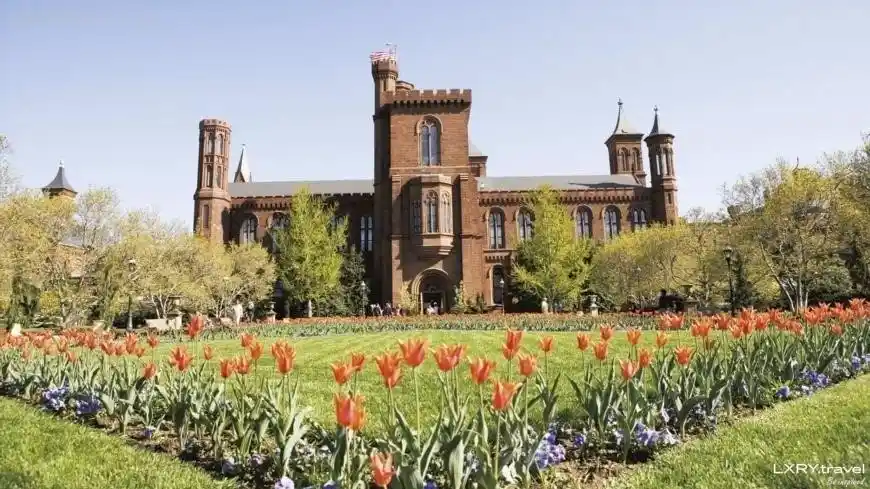
3. History and Cultural Significance
Founded in 1846, the Smithsonian Institution was established through the bequest of James Smithson, an English scientist whose will specified that his fortune should fund an institution in the United States for the increase and diffusion of knowledge. The Smithsonian’s first museum, the National Museum, opened in 1846. Over time, the Smithsonian expanded to include multiple museums, a zoo, and a research center.
The Smithsonian reflects American ideals of innovation, democracy, and the pursuit of knowledge. It also serves as an international symbol of preservation and access to education, with a mission to make knowledge available to all. Its museums cover a wide range of disciplines, from the arts and humanities to the sciences and technology, offering an immersive journey through the human experience.
4. What to Expect When You Visit the Smithsonian Institution
Visiting the Smithsonian is like stepping into a world of discovery, where every exhibit tells a story about human history, culture, and nature. The ambiance is one of learning and curiosity, with world-class displays that are as visually striking as they are informative.
- The Experience: Expect to be amazed by the size and scope of the collections. From the grandeur of the Air and Space Museum to the more intimate feel of the National Museum of African American History and Culture, each museum offers a unique experience. Some museums, like the National Museum of American History, are vast and require several hours to explore fully, while others, like the Hirshhorn Museum and Sculpture Garden, provide a more compact yet profound experience.
- Notable Experiences:
- In the Air and Space Museum, you can stand beneath the Spirit of St. Louis or step inside a real lunar lander.
- At the National Museum of Natural History, the famous Hall of Fossils and the giant Hope Diamond are must-sees.
- The National Museum of American History offers a chance to see iconic artifacts like Dorothy’s ruby slippers from The Wizard of Oz.
- The Smithsonian Castle provides the best panoramic views of the National Mall, ideal for an Instagram-worthy shot.
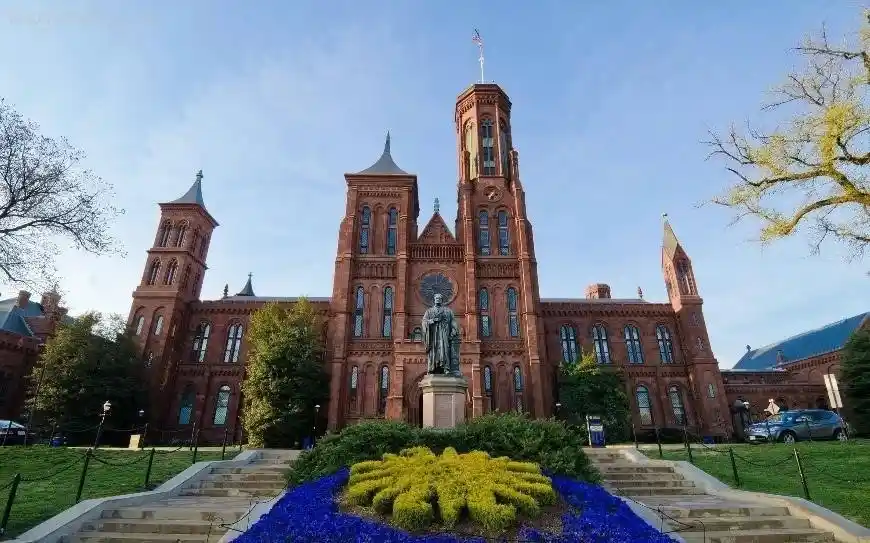
5. Nearby Attractions and Dining Options
- Nearby Attractions:
- The U.S. Capitol: A short walk from the Smithsonian Castle, the Capitol is the seat of the United States Congress and a major architectural landmark.
- The National Gallery of Art: Divided into two buildings (West and East), the National Gallery is home to masterpieces by artists such as Leonardo da Vinci, Vincent van Gogh, and Andy Warhol.
- The Washington Monument: You can easily access this iconic landmark from the National Mall, where you can take an elevator to the top for stunning views of the city.
- Dining Options:
- Museums’ Cafes: Each Smithsonian museum has its own café or dining area, many offering local and international dishes. The National Museum of American History features a café with American favorites, while the Air and Space Museum has a café offering sandwiches, snacks, and coffee.
- Founding Farmers: Located a few blocks from the Smithsonian, this popular restaurant serves hearty, farm-to-table American meals.
- Old Ebbitt Grill: A Washington, D.C. institution, this historic seafood restaurant is located near the White House and serves everything from oysters to burgers.
6. Family-Friendly and Group Travel Tips
- For Families: The Smithsonian is a perfect destination for families, with interactive exhibits and family-friendly programs. The National Zoo and National Museum of Natural History are particularly great for children. Many museums also offer hands-on exhibits, special children’s programs, and scavenger hunts to keep younger visitors engaged.
- Group Travel: The Smithsonian is also well-suited for group visits. Many museums offer group tours, and the spacious galleries and well-designed layouts make it easy for large parties to explore together. It’s recommended to plan ahead if you are traveling with a group to avoid congestion during peak hours.
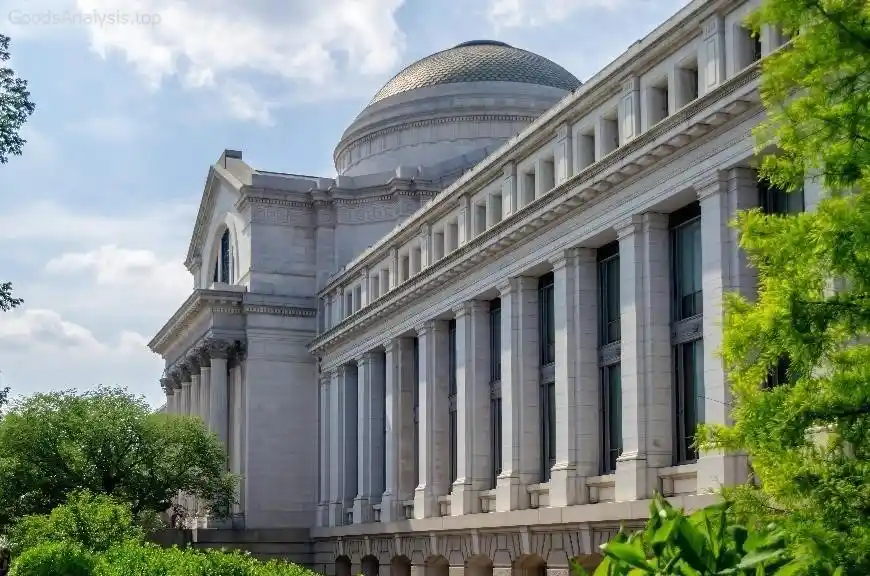
7. Instagrammable Moments and Photo Opportunities
- National Museum of American History: Don’t miss a chance to capture a shot with the Star-Spangled Banner or the First Ladies’ Gowns.
- National Air and Space Museum: The Wright brothers’ plane and the Spirit of St. Louis are iconic photo ops.
- The Smithsonian Castle: Its stunning architecture is perfect for a photo, especially during sunrise or sunset when the light is soft.
- Hirshhorn Museum: The modern art and sculptures here are some of the most Instagrammable in D.C.
8. Travel Tips and Transportation
- Getting There: The Smithsonian is located along the National Mall, easily accessible by foot, bike, or public transport. The Smithsonian Metro Station (on the Blue, Orange, and Silver Lines) is the closest stop, and several other metro stations are within walking distance. Biking is also popular, with bike-share stations located throughout the National Mall.
- Parking: Parking in the National Mall area can be tricky and expensive. It’s best to rely on public transportation or use nearby garages. Metered parking is available in certain areas, but it fills up quickly.
9. Safety and Etiquette Tips
- Safety: Washington, D.C., is generally safe for tourists, but like in any large city, it’s best to stay aware of your surroundings, especially in crowded areas. Keep your valuables secure, and be cautious of pickpockets.
- Etiquette: The Smithsonian museums are places of learning and reflection, so be respectful of others. Avoid loud conversations, especially in galleries. Photography is permitted in most areas, but always check for specific signage, as some exhibits may have restrictions.
10. Fun Facts and Incidents
- The Smithsonian is home to one of the largest collections of sharks in the world, including great white sharks that were donated by the famous naturalist Jacques Cousteau.
- In 1969, Neil Armstrong’s Apollo 11 space suit was actually not displayed in the Air and Space Museum until the Smithsonian received a large public outcry about the absence of this important artifact.

